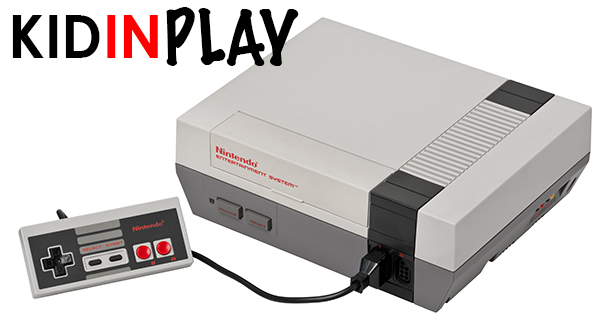
I wasn’t sure how to introduce my daughter to gaming proper. I had intended, years ago, to have her retrace the steps that I did: start with the Atari and Pac-Man, work through the NES and Super NES and make it through to modern consoles and games like the Xbox One and Peggle 2. That didn’t work, mostly because modern games are modern and are already here, competing for her time with the classics. But I wanted her to share in my hobbies, hoping that she could enjoy some of the experiences that I grew up with and shaped me. She was just under two years old, and I wanted to get her thinking early on that games would be a part of her life for a long time.
It was tough.
It isn’t easy to plug a dusty Atari 2600 or NES into modern televisions without looking for obscure or expensive cords online. I have a lot of cartridges from bygone eras, but nothing to play them on. Thanks to services like the Virtual Console, Xbox Live Arcade, and PSN, as well as the many remakes that pop up on the App Store, many of those games are available to re-download. Admittedly there isn’t a way that she can really avoid classic games.
Sitting a three year old down to actually play through Super Mario Bros is a completely different endeavor.
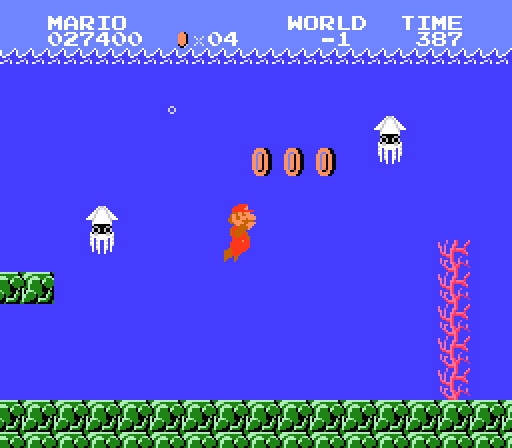
She doesn’t mind the aged visuals and audio, thanks to the current plethora of kids’ shows that revolve around extremely retro design. “That looks like Yo! Gabba Gabba!” she yells at Mario. “Hey, he’s Adventure Time” she shouts at Link — every 5 years or so, the Eighties must cycle back into aesthetic relevance. The controls are fine as well. Two buttons on a gamepad? Not bad, considering she has by now gotten used to a mouse or a touch screen. Kids learn new interfaces quickly, and she is well ahead of where I was at her age.
No, the big issue isn’t the design of the game, it’s that she doesn’t want to sit and play it to completion. Many modern games are designed to be played in short bursts, and are easy for a child to digest when their parent is closely monitoring their play time. There is no instant gratification in Mario outside of grabbing a mushroom or jumping on a goomba’s head. There is frustration though, which revolves around not being able to complete a level before running out of lives or not having a clear idea of what to do next. Her current gaming fixes give her whimsical sounds, flashes of bright lights, or bursts of color for almost every action; she doesn’t have to “work” for her enjoyment like we did.
Before long she puts the controller down and walks off, contempt in playing with her toys or picking up the iPad. This happens over and over again. She can’t quite get into the idea of dedicating prolonged time to get to an experience or moment that surprises her. Maybe that’s asking a lot of a child her age, but at the same time I want her to be able to catch up quickly to modern gaming while understanding where its roots are.
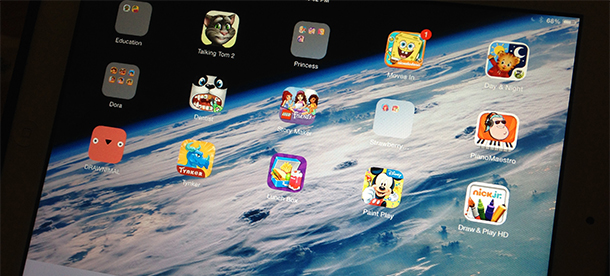
When I first started playing video games, the Atari 2600 was all we could afford. Having one television in the home meant that our undivided attention was completely into whatever was on the screen. Digital play time was minimal, and so games were always enjoyed with my father or mother on the second controller. Donkey Kong wasn’t just a video game, it felt like the only thing in the room. When we played games, we played games. This translated into my early teen years and young adulthood, as gaming became more ravenous and couch co-op a way of life.
But looking at those games today I often find myself asking “what’s the real reason that I hold classic gaming in such high regard?” Is it that the games were really that good? That they are still as good today as they were back then? In most cases my memories of games are far better than the actual game was technically. And so it’s not the bleeps and bloops that made me enjoy and appreciate that era, it was how it made me feel at the time. It was about experiences.
My daughter’s now four years old. Her current slate of gaming includes Angry Birds, Disney Princess Dress Up, and educational experiences from Nick Jr’s website. She plays licensed games on her 2DS, switching them with another every 5 minutes when she gets bored. She loves to watch me play LEGO games or Super Mario 3D World on the Wii U, hooting and hollering and only rarely pressing the buttons on the Gamepad. It wasn’t until I saw her pick up the controller and push the jump button that I realized something: she’s already playing these games.
No, she doesn’t do speed runs of MegaMan 2. But the mechanics that made those games possible are still alive, powering the backbone of Super Meat Boy and Rayman Legends. Why start with the old games when their essences are in new ones? She can go back and play those originals whenever she decides to, but she’s not necessarily “missing out”. Games and game mechanics are universal and eternal in that sense. And there are far too many good games available right now for her to do that anyway.
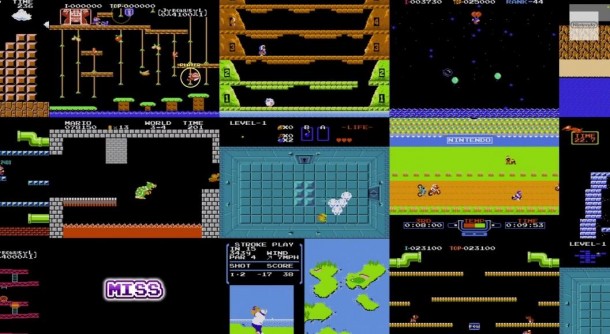
Classic games have a punch line, something that made them special and unique. Modern games have taken those and expanded upon them. Dragon Quest begat Final Fantasy begat Pokemon begat Animal Crossing begat Disney’s Magical World, which she loves and plays regularly. Adventure Time’s games draw inspiration from the Legend of Zelda II. Angry Birds‘ simplicity and secret challenge is the same thing that made Super Mario Bros so special. She’s enthralled by NES Remix, with its short bursts of classics capturing those crazy challenges that made gaming in the Eighties worth it.
I’ve realized now that her pick up and drop play style is perhaps more akin to my gaming habits when I was her age than I thought, except that she has something I didn’t: choices. We had one game we had to enjoy, to play over and over again. We found new and unique ways to create excitement and challenge and enjoyment with each one. She has thousands at her disposal all at once.
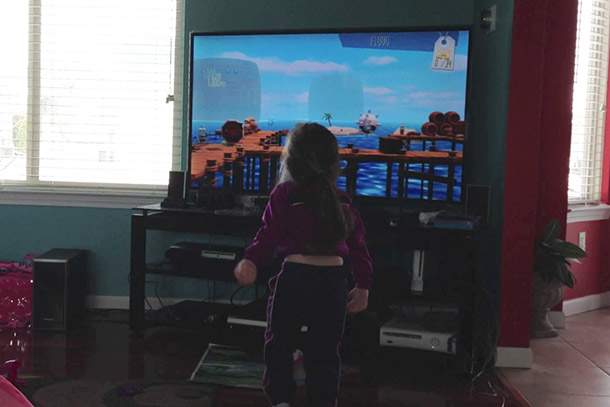
It boils down to not the actual games that I want her to enjoy, but the experiences I had playing them. Watching her play games I can see that she is experiencing what I did, she is creating those memories, she is giggling as dumb things happen on the screen. She giggles, she laughs, she says “Daddy, look at what the cat is doing!” That’s the experience, not the impossible to reach heart container that still haunts me to this day.
She’ll get to DuckTales, and she’ll make time for some remake of Sonic the Hedgehog down the road. She’ll read up on Pong or Contra one day. But she’s happy with Bit.Trip Runner 2 and Super Mario 3D World right now to need those, and she’ll be just fine appreciating the history of games if she never does.


No Comments